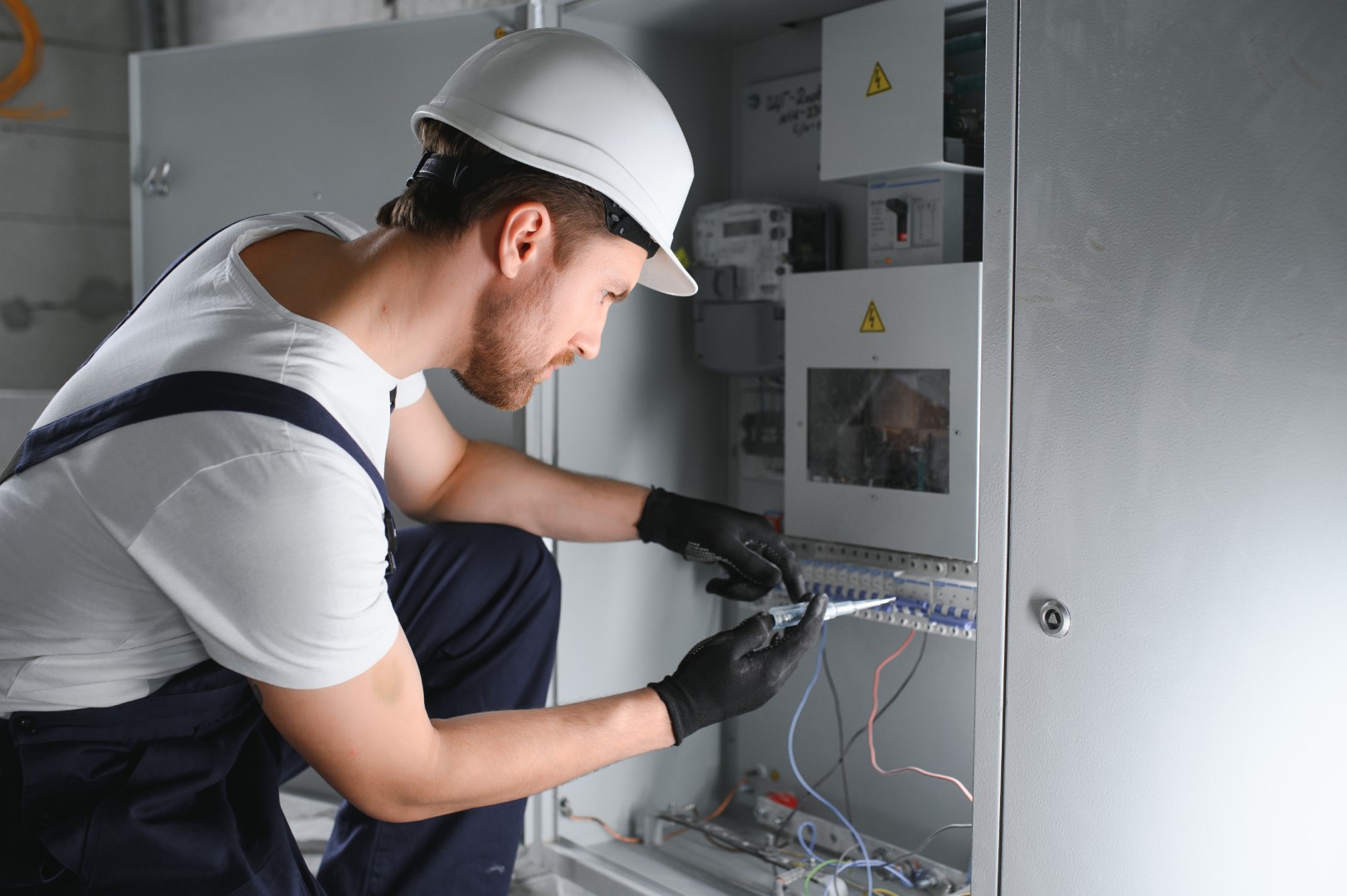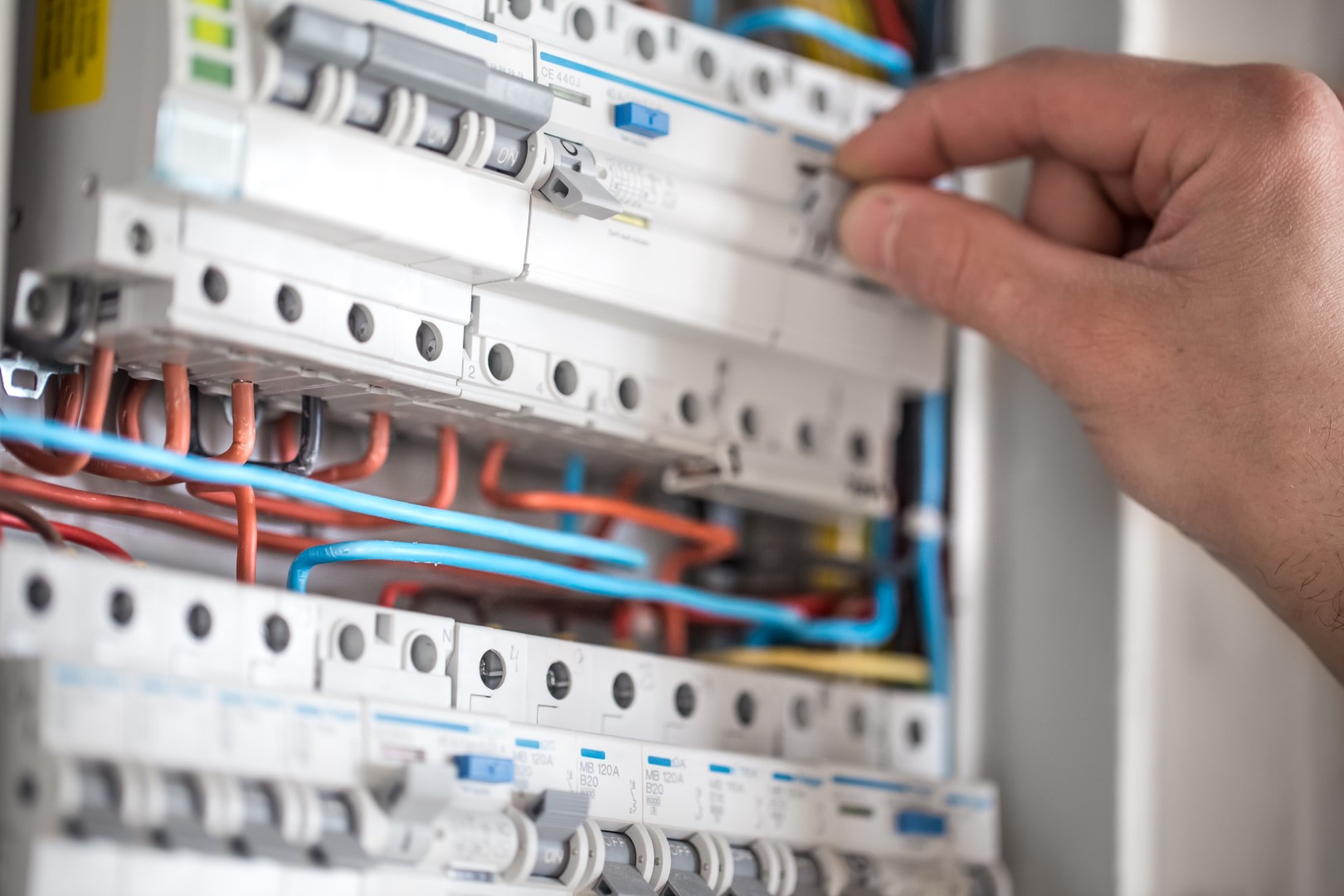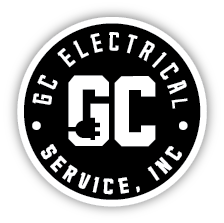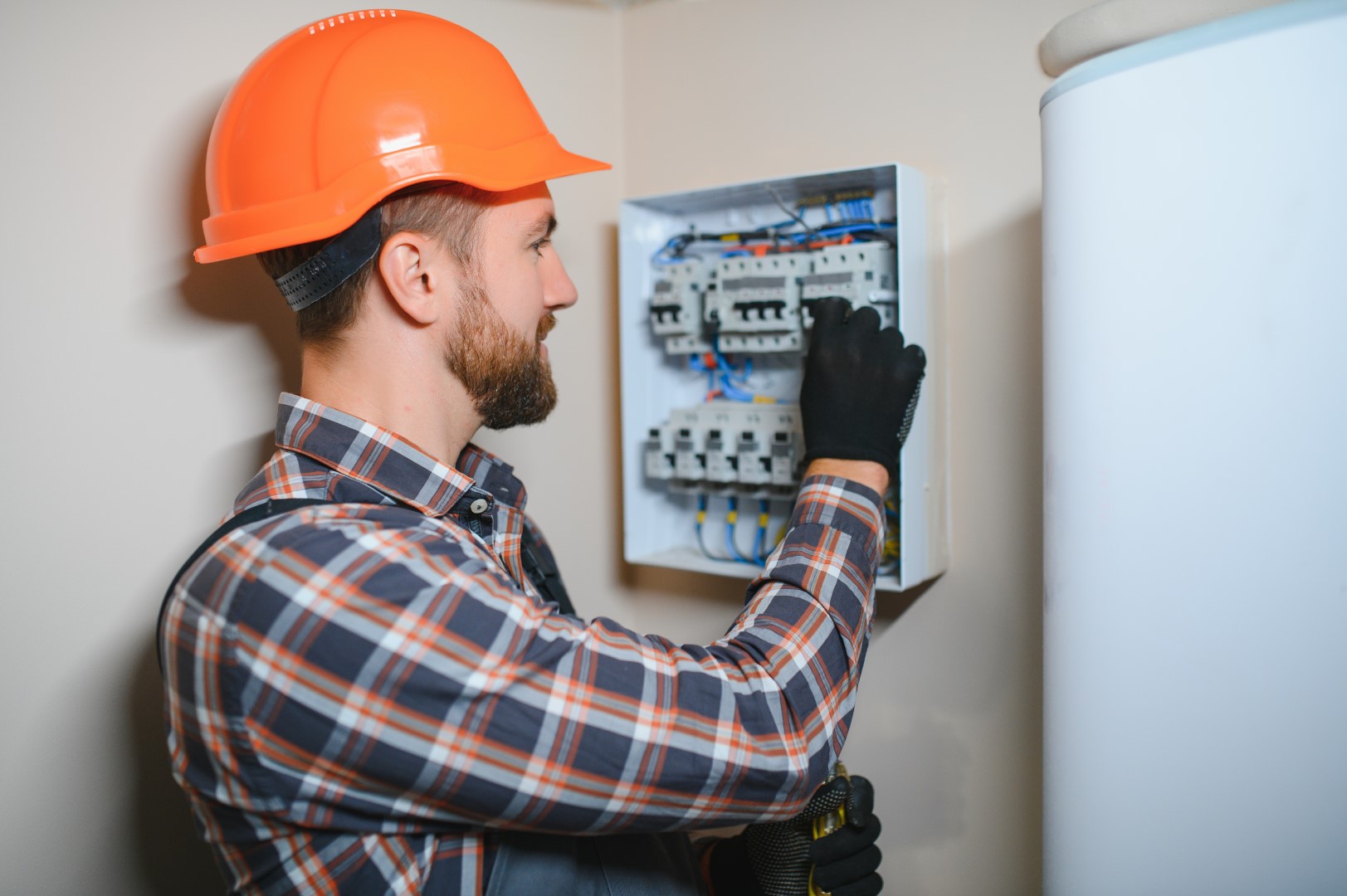Circuit breakers are important components in electrical systems, designed to protect your home or business from electrical overloads and short circuits. Over time, circuit breakers can wear out or develop faults, compromising their ability to function effectively. Recognizing the signs of a faulty circuit breaker is indispensable for preventing electrical hazards and ensuring the safety of your property. In this comprehensive guide, we'll explore the common signs that indicate a circuit breaker may be faulty when to consider replacing it, and important considerations for maintaining a safe electrical system.
Understanding Circuit Breakers
Before delving into signs of faults and replacement considerations, it's important to understand the role of circuit breakers. A circuit breaker is an electrical switch designed to protect electrical circuits from damage caused by excess current. It automatically interrupts the flow of electricity when it detects an overload or short circuit, preventing overheating, fires, and other electrical hazards.
Common Signs of a Faulty Circuit Breaker
Circuit breakers are components in electrical systems designed to protect against overloads and short circuits by interrupting the flow of electricity. Understanding the signs of a faulty circuit breaker is crucial for maintaining electrical safety and preventing potential hazards. Here are some common indicators that your circuit breaker may be malfunctioning:
Frequent Tripping
Circuit breakers trip (shut off) when they detect an overload or short circuit, preventing damage to the electrical system and potential fire hazards. Occasional tripping due to heavy appliance use or temporary electrical spikes is normal. However, frequent trips without an apparent cause could signal a faulty breaker, indicating internal wear, improper wiring, or an undersized breaker for the circuit's load.
Tripping Without Load
If a circuit breaker trips even when there is no apparent load on the circuit, it suggests internal wear or a malfunction within the breaker itself. This scenario often points to degraded internal components or an insulation breakdown, which can compromise the breaker's ability to handle electrical currents safely.
Burn Marks or Odors
Visible signs of burn marks, melted plastic, or unusual odors emanating from the circuit breaker panel are serious overheating or electrical arcing indicators. These issues typically stem from loose connections, overloaded circuits, or faulty breaker components. Immediate attention is necessary to prevent potential electrical fires and further damage to the electrical system.
Hot to the Touch
A circuit breaker that feels excessively hot is a warning sign of an underlying problem. Heat buildup can indicate loose connections, inadequate ventilation around the panel, or an overloaded circuit. Continued overheating can lead to breaker failure and pose a significant fire risk. It's essential to address hot circuit breakers promptly by consulting a qualified electrician.
Electrical Appliances Malfunctioning
When appliances connected to a specific circuit frequently malfunction or fail to operate correctly, the circuit breaker servicing that area may be faulty. Intermittent power supply, flickering lights, or appliances unexpectedly turning off can all indicate issues with the breaker. Testing the affected appliances on other circuits can help determine whether the problem lies with the appliances or the circuit breaker.
Age of the Breaker
Circuit breakers have a finite lifespan and may become less reliable as they age. Breakers older than 20-30 years are more susceptible to wear and deterioration of internal components. Even if they haven't shown signs of malfunction, older breakers should be inspected regularly and considered for replacement to ensure continued electrical safety and reliability.
When to Replace a Circuit Breaker
Determining when to replace a circuit breaker involves evaluating various factors to ensure electrical safety and system reliability. Here are scenarios where replacement may be necessary:
Frequent Tripping
Circuit breakers trip when they detect an overload or short circuit, protecting your electrical system from damage. However, if a breaker trips frequently despite mitigating potential causes such as overloading or short circuits, it may indicate internal wear or malfunction. Repeated tripping can lead to wear and tear, compromising the breaker's ability to protect effectively. Replacing the circuit breaker is crucial to maintain reliable operation and prevent unexpected power interruptions.
Visible Damage
Visual inspection of circuit breakers is essential for identifying signs of damage or overheating. Burn marks, melted plastic, or discoloration around the breaker indicate overheating, often caused by loose connections or internal faults. Physical damage compromises its structural integrity and electrical reliability, such as cracks or breaks in the breaker casing. Ignoring visible damage increases the risk of electrical hazards, including fires or equipment failure. Prompt replacement of visibly damaged breakers is necessary to restore safety and prevent potential emergencies
Obsolete Breaker Types
Many older homes with outdated circuit breakers do not meet safety standards or lack modern protective features. These obsolete breakers may be more susceptible to malfunction or failure to trip during electrical faults, posing significant risks to occupants and property. Upgrading to modern, code-compliant breakers ensures enhanced safety, reliability, and compliance with current electrical codes. This proactive measure protects against electrical hazards and ensures optimal electrical system performance.
Panel Upgrades
Upgrading electrical panels or renovating increases electrical demand and necessitates upgrading circuit breakers to accommodate higher loads safely. Older panels and breakers may be unable to handle increased electrical demands, leading to frequent tripping or inadequate power distribution. Installing larger panels with appropriately rated breakers supports efficient energy distribution and reduces the risk of overload-related issues. Panel upgrades enhance your electrical system's overall capacity and reliability, especially in homes undergoing extensive renovations or modernization.

Steps to Replace a Circuit Breaker
A qualified electrician should always replace a circuit breaker to ensure safety and prevent electrical hazards. Here's a detailed overview of the typical replacement process:
1. Turn Off Power
Shutting off power at the main breaker is critical before starting work on the circuit breaker panel. This step prevents electrical shock or injury during the replacement process. Turning off the main breaker cuts power to the entire panel, ensuring a safe working environment.
2. Remove Panel Cover
Carefully unscrew the panel cover using appropriate tools to access the circuit breakers and internal wiring. Electricians use insulated tools and wear protective gear to minimize risks associated with exposed electrical components.
3. Identify Faulty Breaker
Visual inspection and testing help electricians identify the faulty circuit breaker. Signs of damage or malfunction, such as burn marks, overheating, or inability to reset after tripping, indicate the need for replacement. Proper identification ensures that the correct breaker is replaced, maintaining system integrity.
4. Disconnect Wires
Disconnect the wires attached to the faulty breaker with caution. Each wire is carefully labeled or noted during disconnection to ensure correct reconnection to the new breaker. Electricians follow specific procedures to avoid damaging wires or causing accidental short circuits.
5. Install New Breaker
Select a new circuit breaker of the same type (e.g., single-pole, double-pole) and rate it like the old one. Manufacturers provide specifications for each breaker type, including voltage rating and current capacity. Electricians align the new breaker with the panel's bus bar and secure it firmly to maintain electrical contact and stability.
6. Reconnect Wires
After installing the new breaker, electricians reconnect the labeled wires to their respective terminals on the breaker. Each wire is securely fastened using appropriate tools to ensure tight connections. Proper tightening prevents loose connections that could lead to overheating or electrical arcing.
7. Test the Circuit
Once all connections are secure, restore power by turning on the main breaker. Electricians thoroughly test the circuit to ensure the proper functionality of the new breaker under normal load conditions. Testing involves verifying that the breaker operates correctly, trips appropriately during overloads, and maintains a stable electrical supply without interruptions.
Safety Tips for Circuit Breaker Maintenance
Maintaining circuit breakers is crucial for ensuring the safety and reliability of your electrical system. Follow these safety tips to prevent hazards and ensure optimal performance:
Regular Inspections
Periodically inspect circuit breakers to detect early wear, damage, or overheating signs. Visual indicators include burn marks, discoloration, or unusual odors around the breaker panel. Inspectors should use proper safety equipment and techniques to avoid electrical hazards during inspections.
Avoid Overloading
Avoid overloading circuits by not exceeding their rated capacity. Overloading can cause circuit breakers to trip frequently, leading to potential damage or overheating. Electrical loads are distributed evenly across circuits, and surge protectors are used where necessary to protect sensitive electronics.
Professional Inspection
Consult a licensed electrician if you suspect electrical system or circuit breaker issues. Professional electricians have the expertise to conduct comprehensive inspections, identify underlying problems, and safely and efficiently perform necessary repairs or replacements.
Regular Maintenance
Schedule regular maintenance with a qualified electrician to ensure circuit breakers and electrical components are in optimal condition. Maintenance may include tightening connections, testing breaker functionality, and verifying compliance with electrical codes and standards.
Upgrade as Needed
Consider upgrading circuit breakers, especially in older homes with outdated electrical systems. Modern breakers provide enhanced safety features and reliability, reducing the risk of electrical faults and improving overall system performance.
Educate Household Members
Educate household members about basic electrical safety practices, such as avoiding water near electrical appliances and knowing the location of the circuit breaker panel. Encourage them to report any signs of electrical issues promptly to prevent potential hazards.
Use Proper Tools and Equipment
When working near electrical panels or circuit breakers, use insulated tools and wear appropriate personal protective equipment (PPE) to protect against electrical shocks or burns. Follow manufacturer instructions and safety guidelines for handling electrical components.
Emergency Preparedness
Ensure everyone in the household knows how to shut off power at the main breaker in emergencies. Label circuit breakers clearly for easy identification during power outages or electrical troubleshooting.

Safeguarding Your Electrical System
Understanding the signs of a faulty circuit breaker and knowing when to replace it are crucial for maintaining a safe and efficient electrical system. Circuit breakers protect your home or business from electrical hazards like overloads and short circuits. Regular inspection and prompt action can help prevent potential risks and ensure the reliability of your electrical infrastructure. Visit the GC Electrical Service Inc. blog for expert guidance on circuit breaker maintenance, replacement, or upgrades. Stay informed and safeguard your property against electrical dangers. Explore more tips and insights now!


